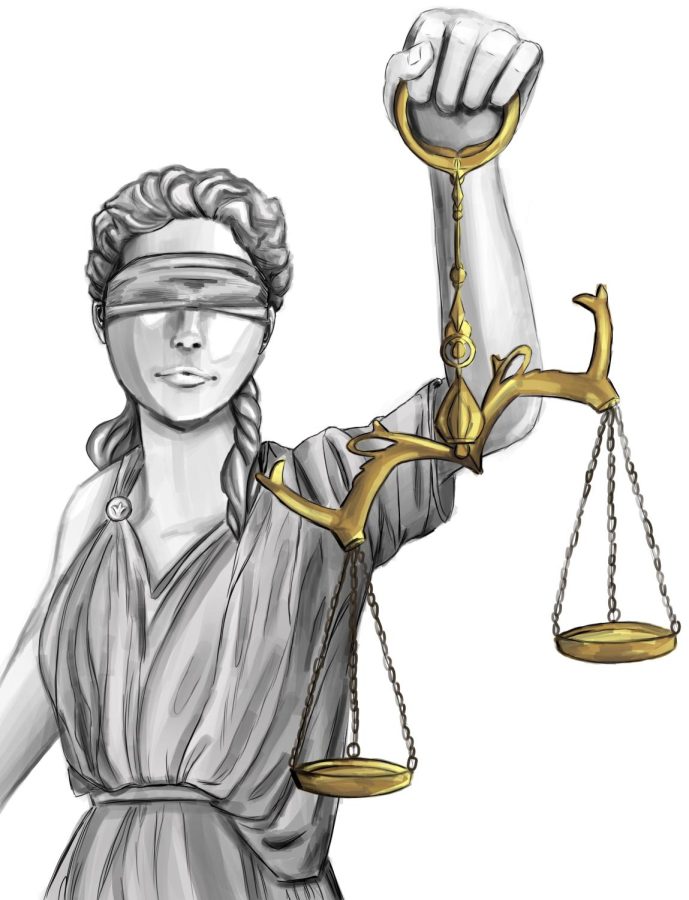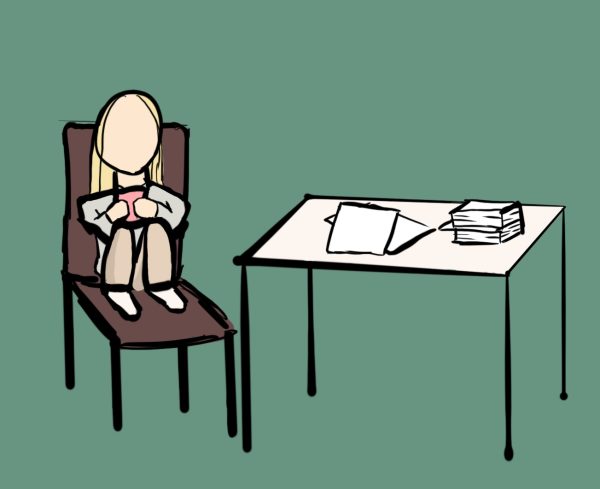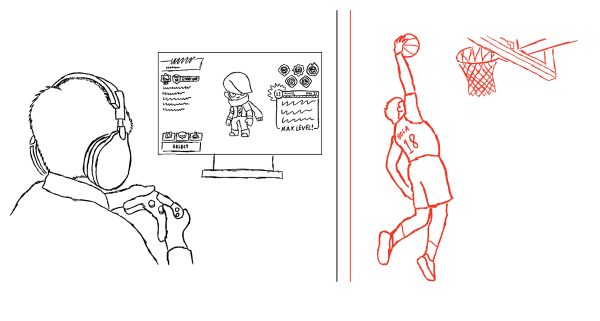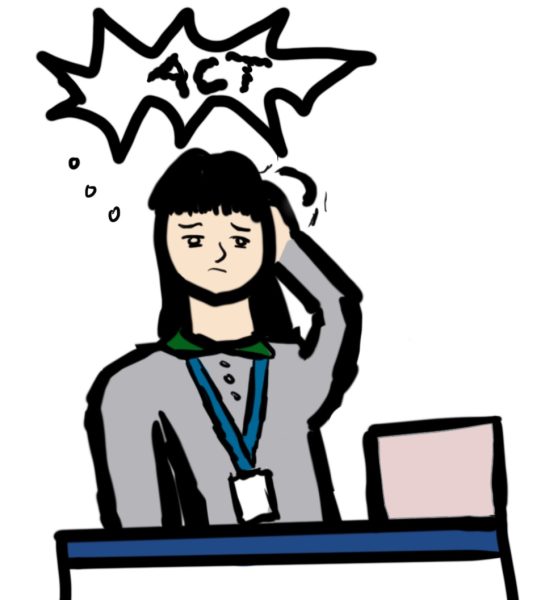Capital punishment proves unjust through arbitrary impact
Since capital punishment, more commonly referred to as the death penalty, was reinstated in the U.S. in 1976, 1,542 people have been executed, according to deathpeanltyinfo.org. The issue with capital punishment is that it has been statistically proven that race does in fact play a role in a person’s sentence. As stated on prisonpolicy.org, “Approximately 35% of those executed since 1976 have been black, even though blacks constitute only 12% of the population. The odds of receiving a death sentence are nearly four times higher if the defendant is black than if he or she is white.” Taking into account the racial disparity, one has to ask themselves–should capital punishment still be at work if it actively pushes the systemic racism that our country should be working against?
Racial biases are more likely to come into play in cases dealing with the death penalty, when the people making these life-or-death decisions are the racial majority. A study conducted by Professor Jeffrey Pokorak of St. Mary’s University Law School in Texas found that about 98 percent of the key decision makers in capital punishment cases were white males while only 1 percent were African-American.
Racism also affects rulings in cases where defendants have solid evidence to prove their innocence. A notable example of this would be the case of Walter “Johnny D” McMillian, an African-American who was wrongfully convicted of murder and immediately convicted and sentenced to death row for 15 months before his trial. The trial in question lasted one day and judge Robert E. Lee Key overrode the jury’s life sentence, instead sentencing McMillian to the death penalty, which ended with him spending six years on death row before he was finally exonerated.
Walter MacMillian is not the only case of a person being wrongfully incarcerated. In fact, according to a study done by the National Academy of Sciences, at least 4.1 percent of defendants on death row are innocent, and that the number of innocent people is more likely double the number of those who are exonerated.
While it may seem like capital punishment stops crime, the International Commission Against Death Penalty writes, “The death penalty lacks the deterrent effect which is commonly referred to by its advocates. As recently stated by the General Assembly of the United Nations, “there is no conclusive evidence of the deterrent value of the death penalty.”
So what should be done in place of the death penalty? Rehabilitation and psychiatric help, along with a longer prison sentence, should be offered to prisoners who are on death row. The current prison system in the U.S. is built to be cruel and to strip prisoners of their humanity. However, if death row inmates were given the opportunity to get treatment, they may be able to rejoin society as a changed person. If we continue to have an ‘eye for an eye’ mentality, nothing will change. But if we as a society try to center human growth instead of punishment, there could be a chance of creating a safer and more humane world.
Your donation will support the student journalists of Saint Viator High School. Your contribution will allow us to purchase equipment and cover our annual website hosting costs.








